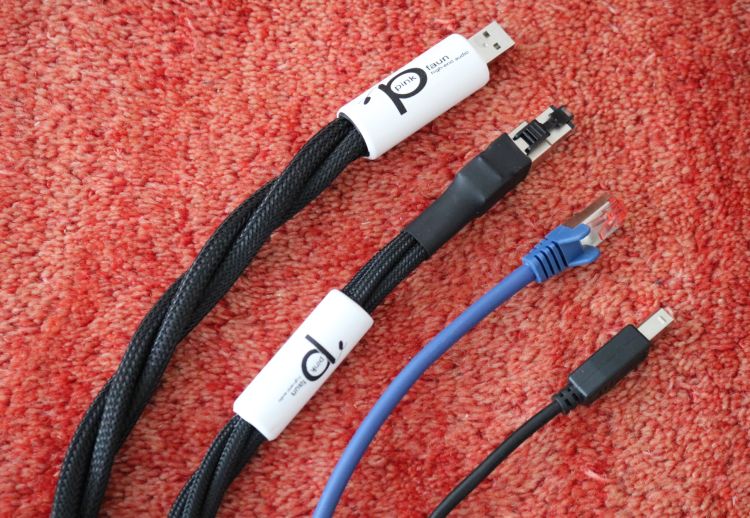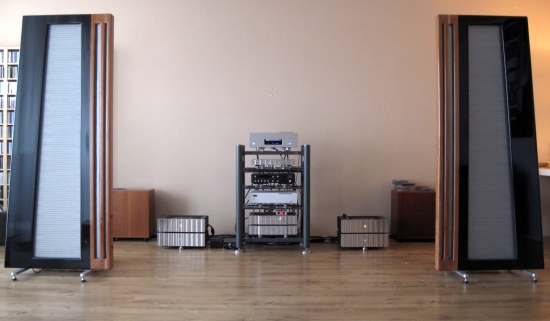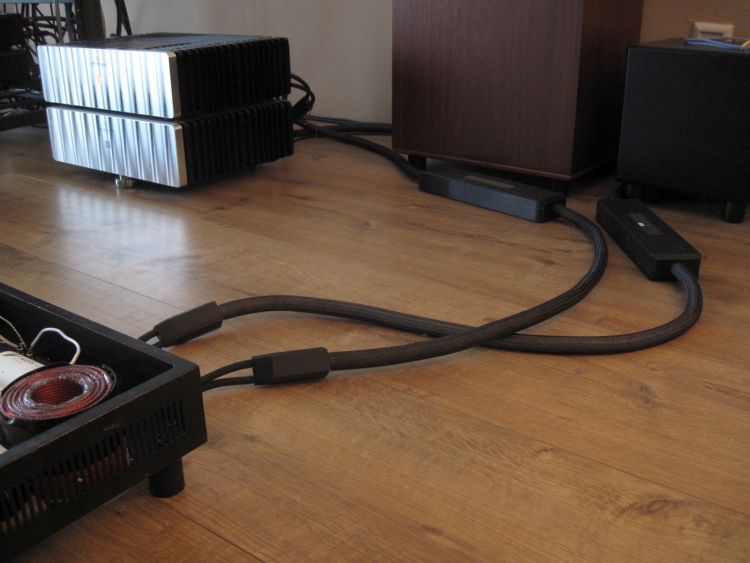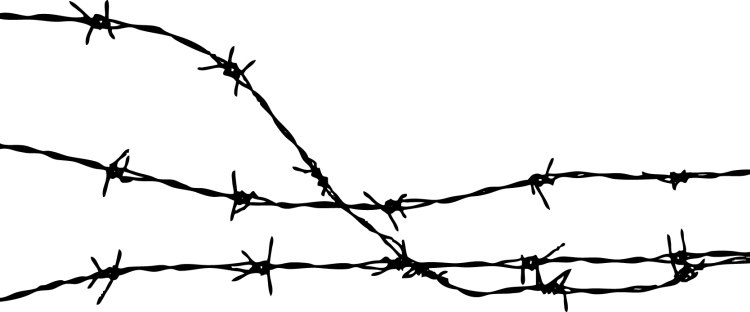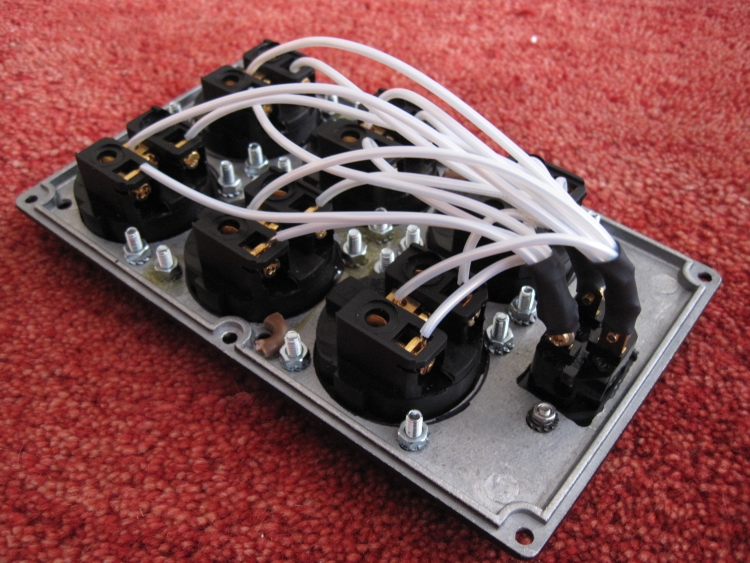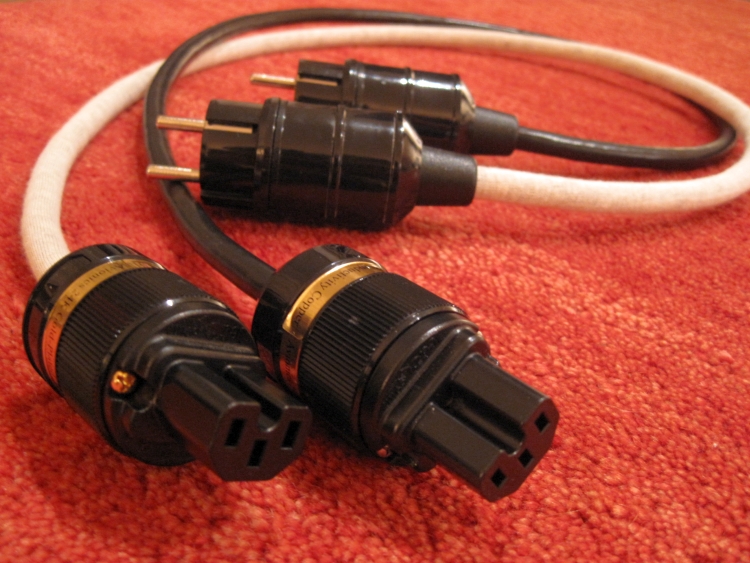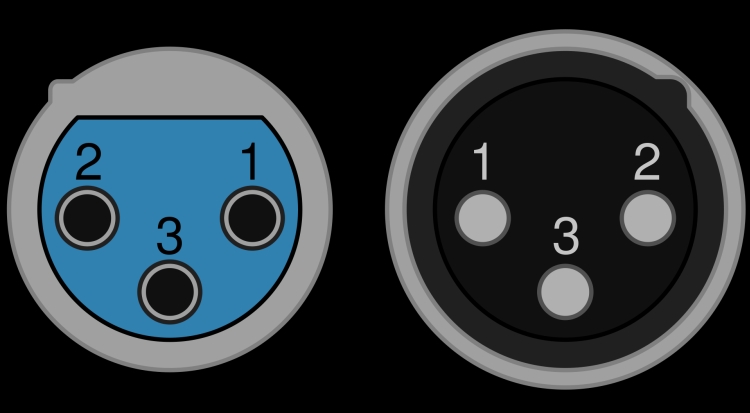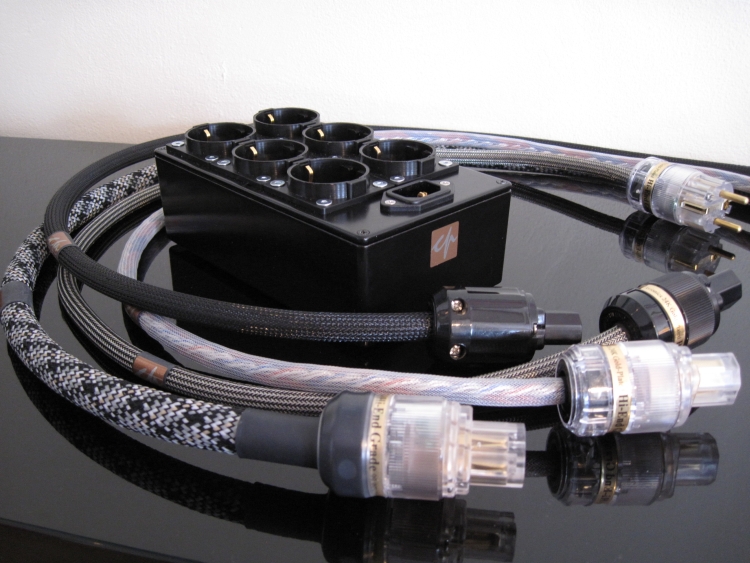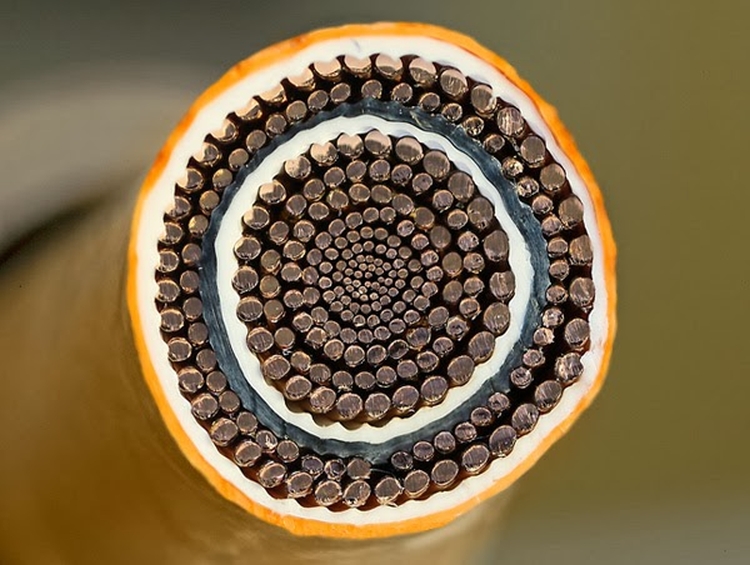
For European people, AWG sizes can be very confusing, so here’s a handy conversion table
First thing you should know about AWG is that the indications appear inversed compared to mm2: the larger the AWG number, the smaller the size is in mm2.
mm values are referred to in two ways. There’s milimeters in diameter but more commonly the size is referred to as mm2, which means square meter. This is the total cross section area, and the size used for the conversion table below.
AWG 01 = 42,4 mm2
AWG 02 = 33,6 mm2
AWG 03 = 26,7 mm2
AWG 04 = 21,2 mm2
AWG 05 = 16,8 mm2
AWG 06 = 13,3 mm2
AWG 07 = 10,6 mm2
AWG 08 = 8,35 mm2
AWG 09 = 6,62 mm2
AWG 10 = 5,27 mm2
AWG 11 = 4,15 mm2
AWG 12 = 3,31 mm2
AWG 13 = 2,63 mm2
AWG 14 = 2,08 mm2
AWG 15 = 1,65 mm2
AWG 16 = 1,31 mm2
AWG 17 = 1,04 mm2
AWG 18 = 0,82 mm2
AWG 19 = 0,65 mm2
AWG 20 = 0,51 mm2
AWG 21 = 0,41 mm2
AWG 22 = 0,32 mm2
AWG 23 = 0,25 mm2
AWG 24 = 0,20 mm2
AWG 25 = 0,16 mm2
AWG 26 = 0,12 mm2
AWG 27 = 0,10 mm2
AWG 28 = 0,08 mm2
AWG 29 = 0,06 mm2
AWG 30 = 0,05 mm2
